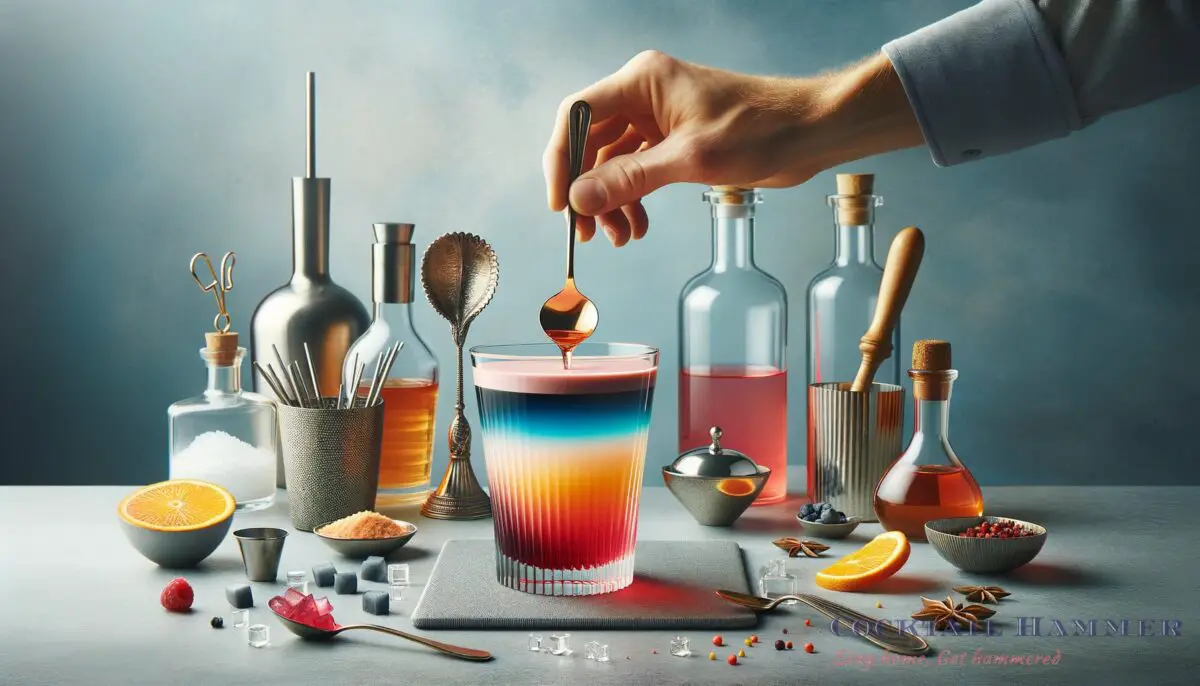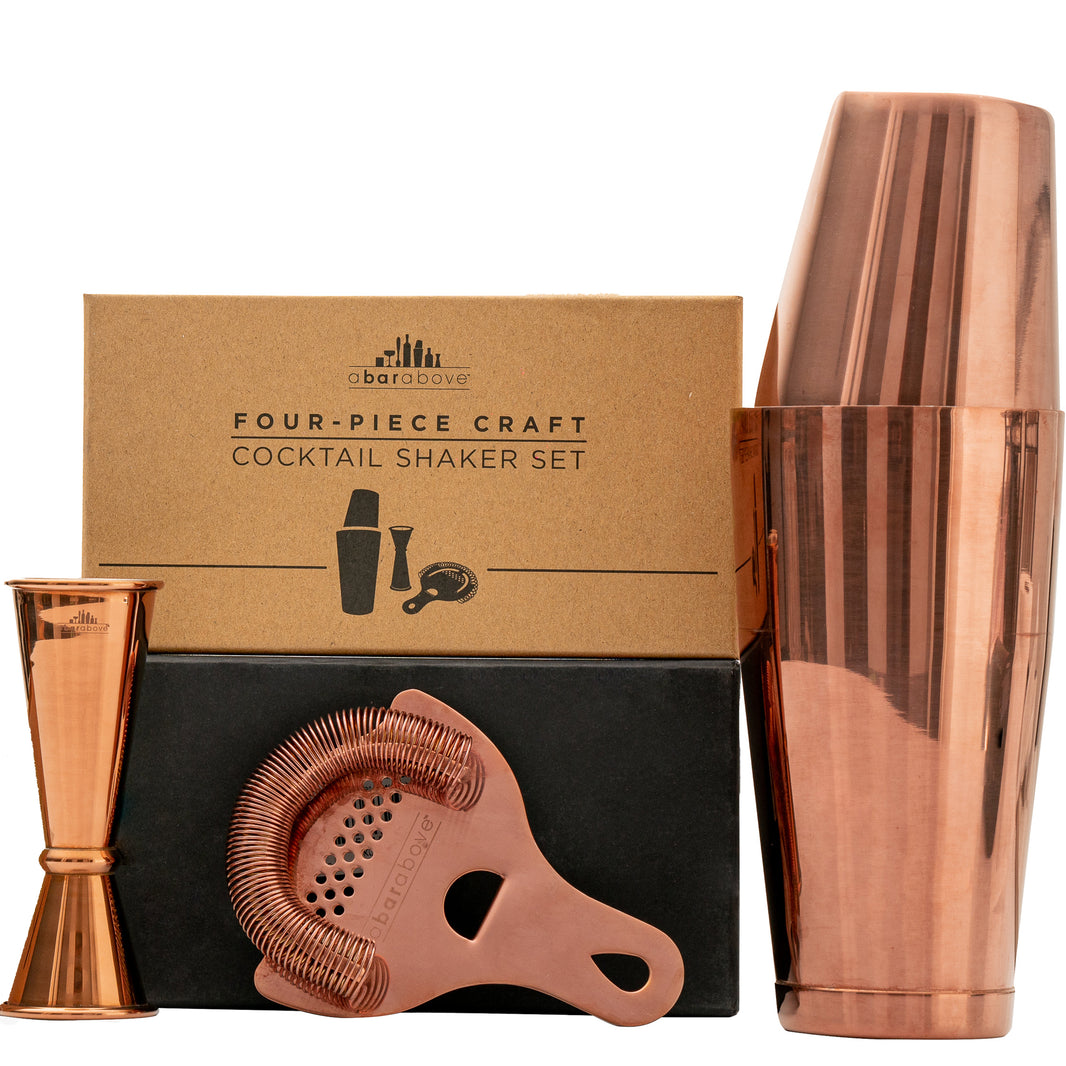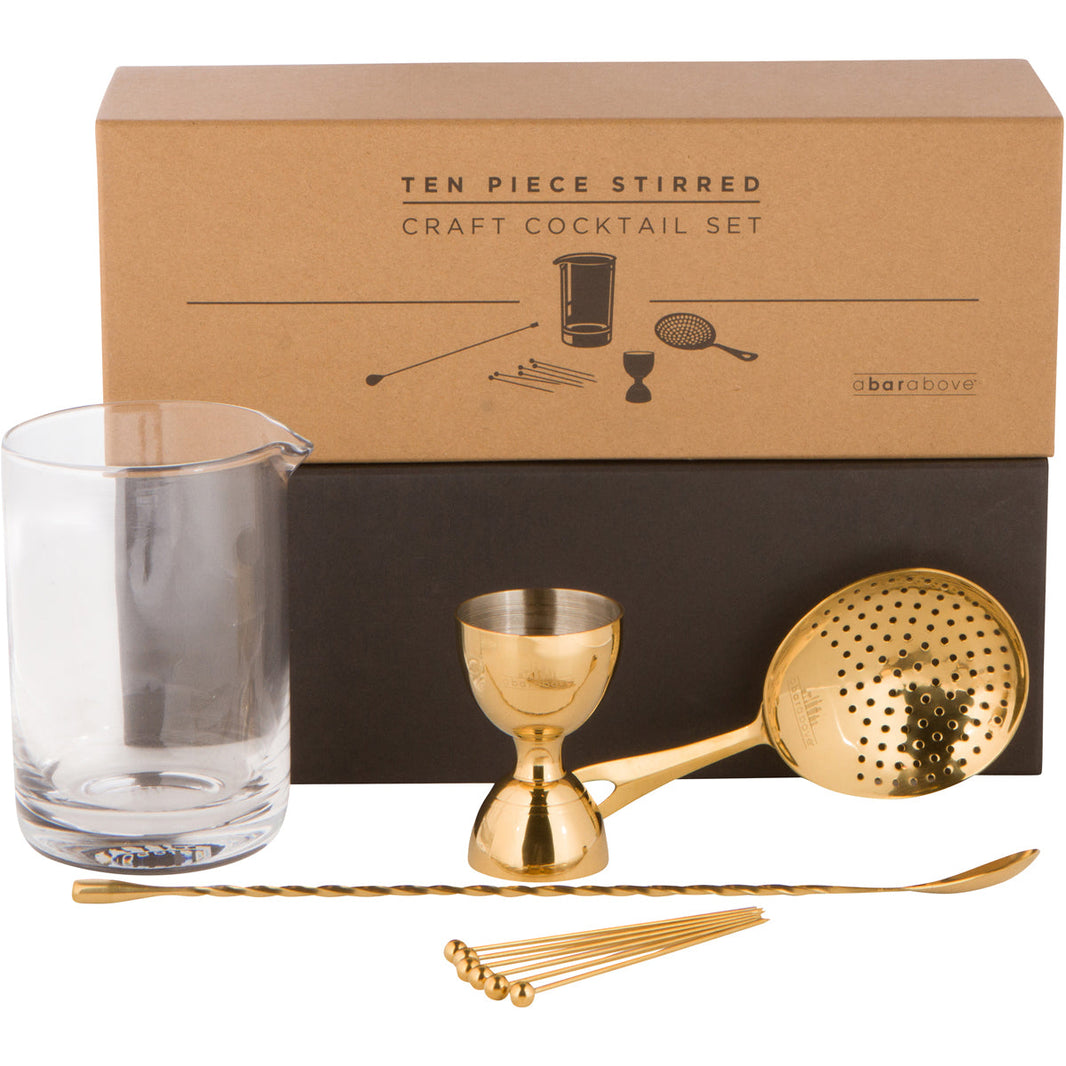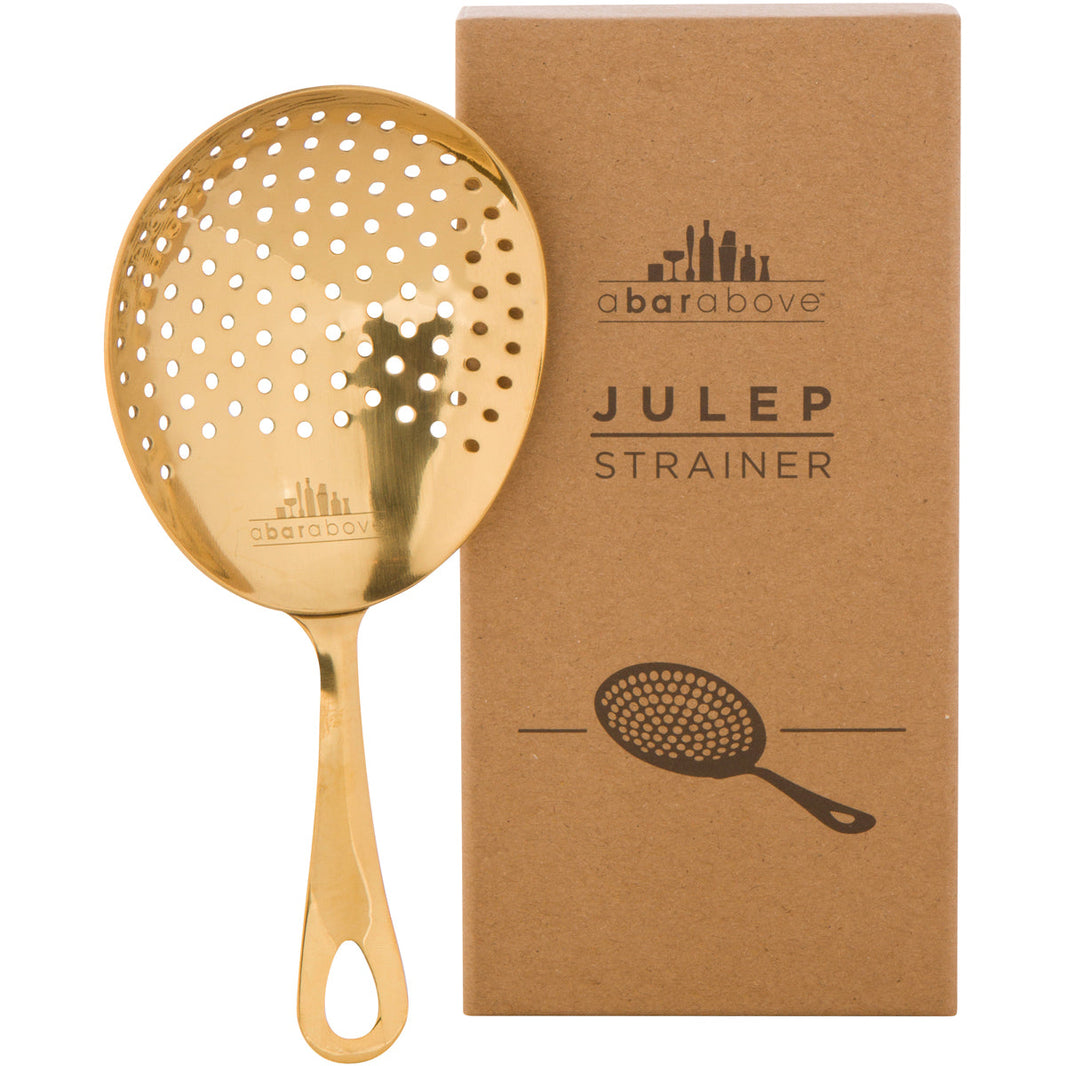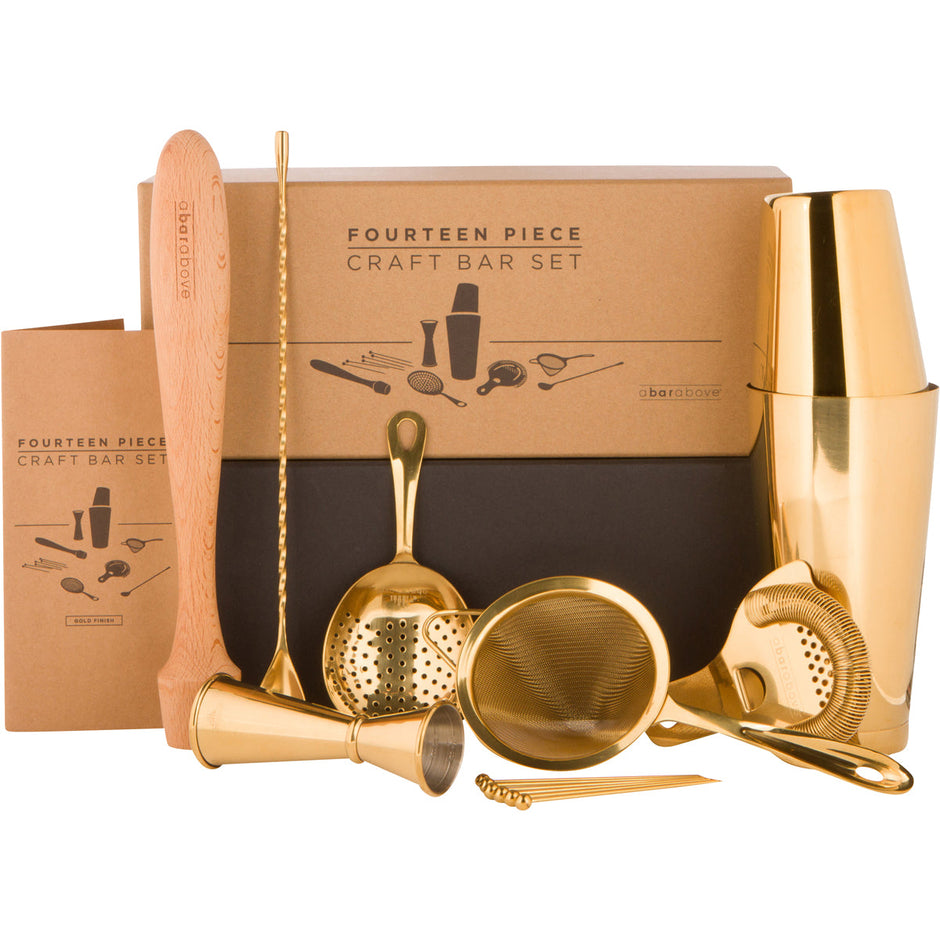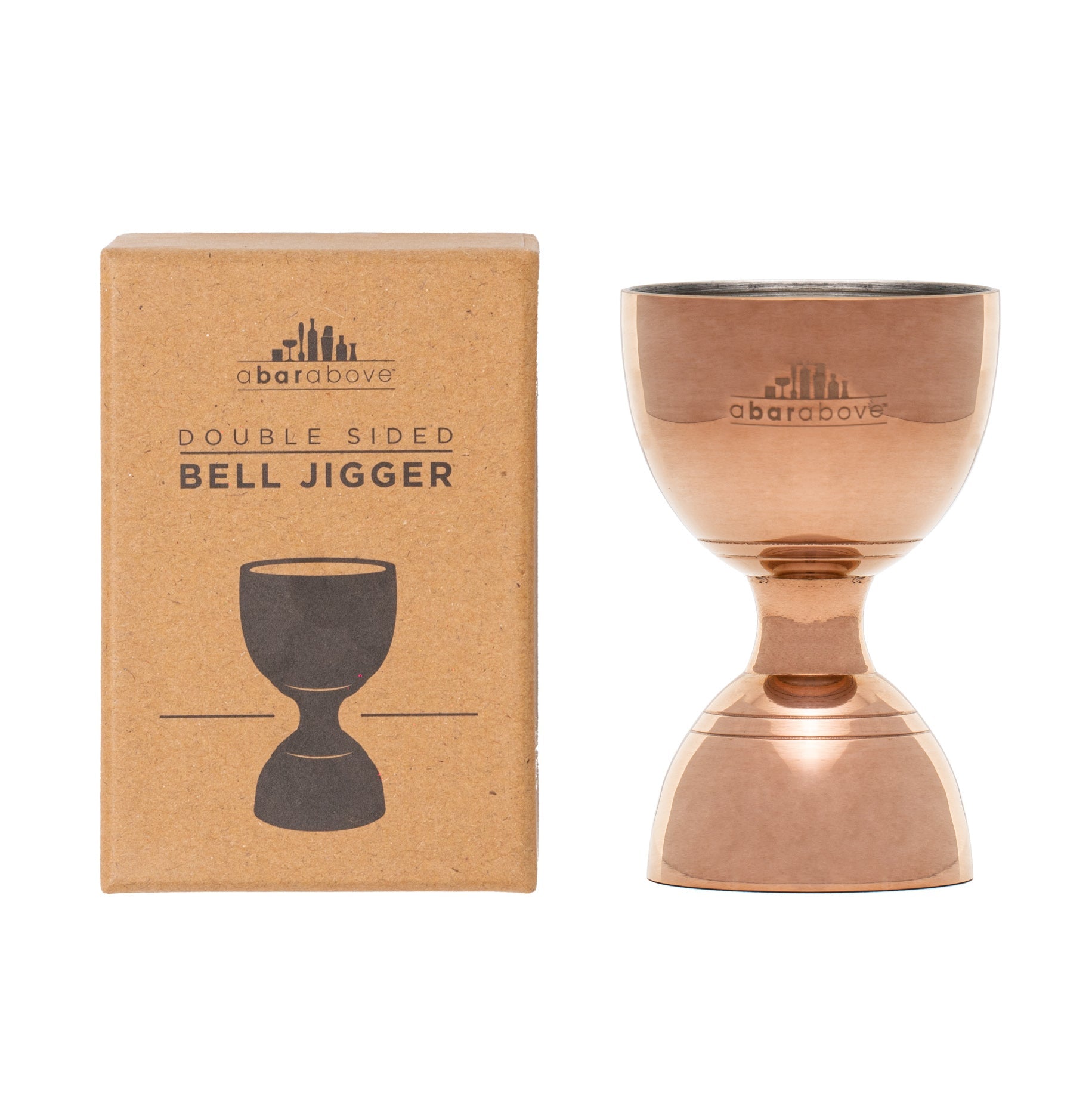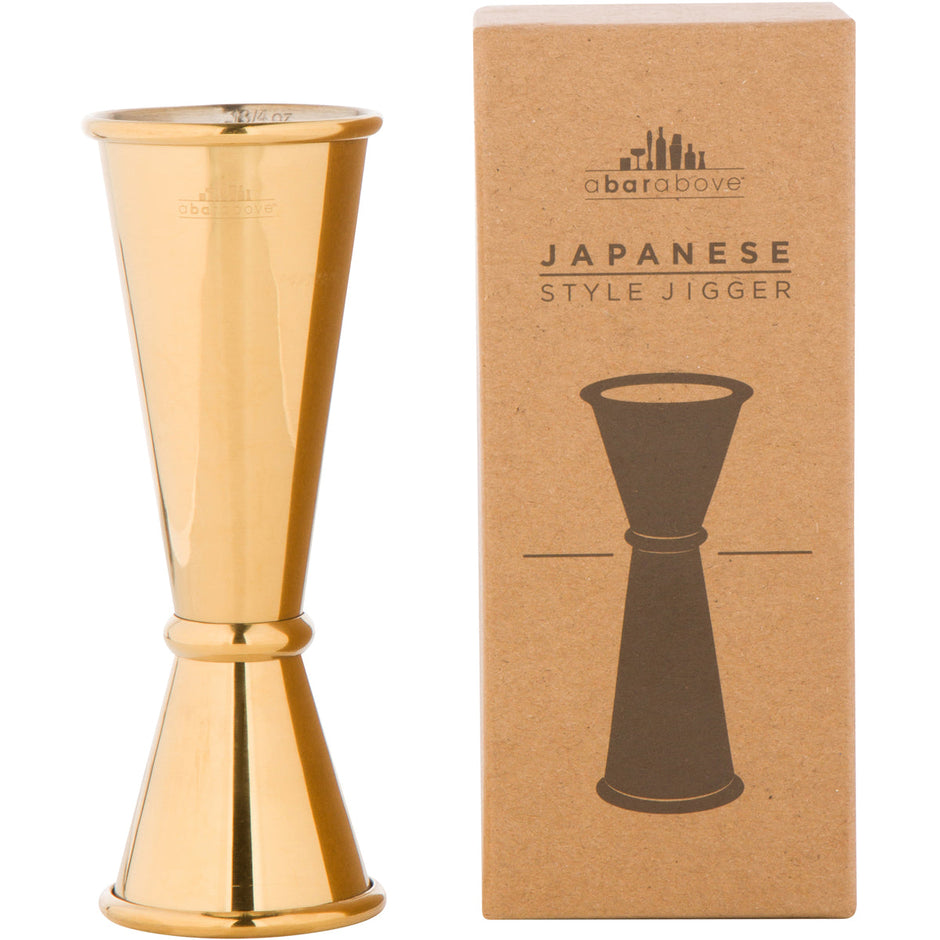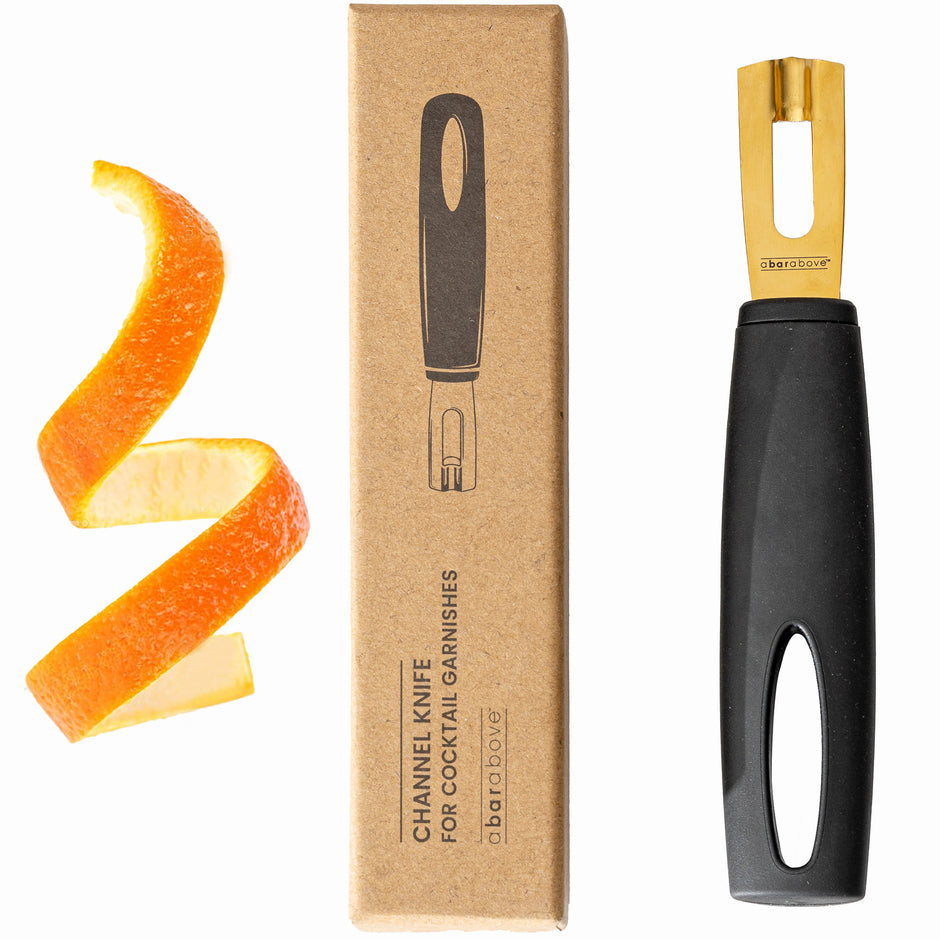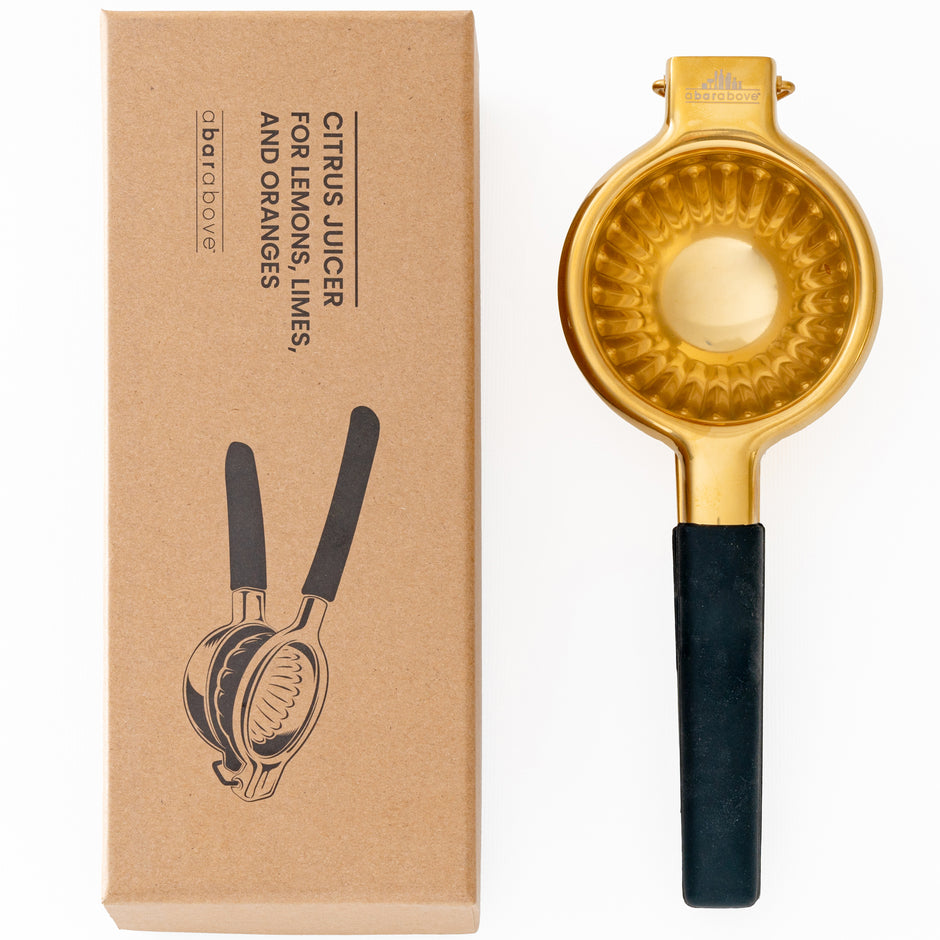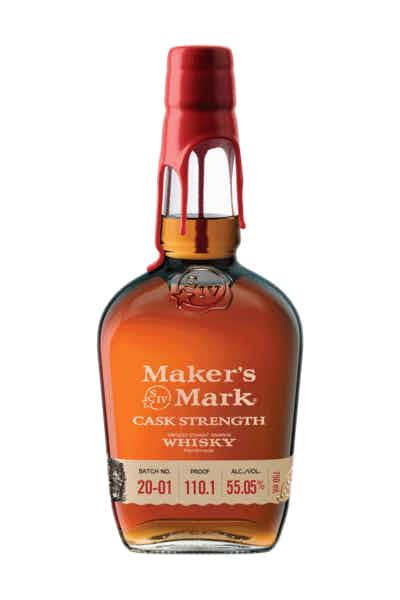In the bustling New York cocktail scene, where a stiff Manhattan is as iconic as a slice of Big Apple pie, mastering the perfect drink’s balance is all the chatter. It’s a tug of war between the saccharine and the astringent, as heated debates unfold over whether essential bar tools can really define a drink’s character.
How can you make a cocktail less sweet or enhance its bitterness? In this post, you’ll learn to tweak the sweetness and bitterness in your cocktails like a pro.
If you are a visual learner, check out this video titled ‘BITTER GIUSEPPE – Amaro & Sweet Vermouth Cocktail’
Key takeaways
- Assess the drink’s current sweetness or bitterness before making changes.
- Use acidity, bitterness, or dilution to adjust the cocktail’s flavor profile.
- Quality ingredients and the right tools, such as those on Cocktail Hammer, can make a big difference.
- Balance is key—ensure your adjustments complement the cocktail as a whole.
How to make a cocktail less sweet or more bitter
Tinkering with a cocktail’s sweetness or bitterness is like painting on a liquid canvas—with every ingredient you modify, you add a stroke of flavor. Whether your taste buds yearn for the bracing sharpness of bitters or the subtle edge of a less saccharine sip, perfecting the balance is key.

Let’s dive into the steps that can transform your creation from cloying to compelling or infuse it with a welcome bitter backbone.
Step 1: Assess the current sweetness
Before barging into alterations, take a sip to understand your cocktail’s current level of sweetness. This is your flavor baseline.
Think about what aspect you’d like to dial down or highlight. Don’t rush this step; a nuanced palate leads to more precise adjustments.
Step 2: Balance with acidity or bitterness
To counteract sweetness, introduce acidity or bitterness. Add a splash of citrus like lemon or lime juice for a tart kick, or a few dashes of bitters to add a complex bitter profile.
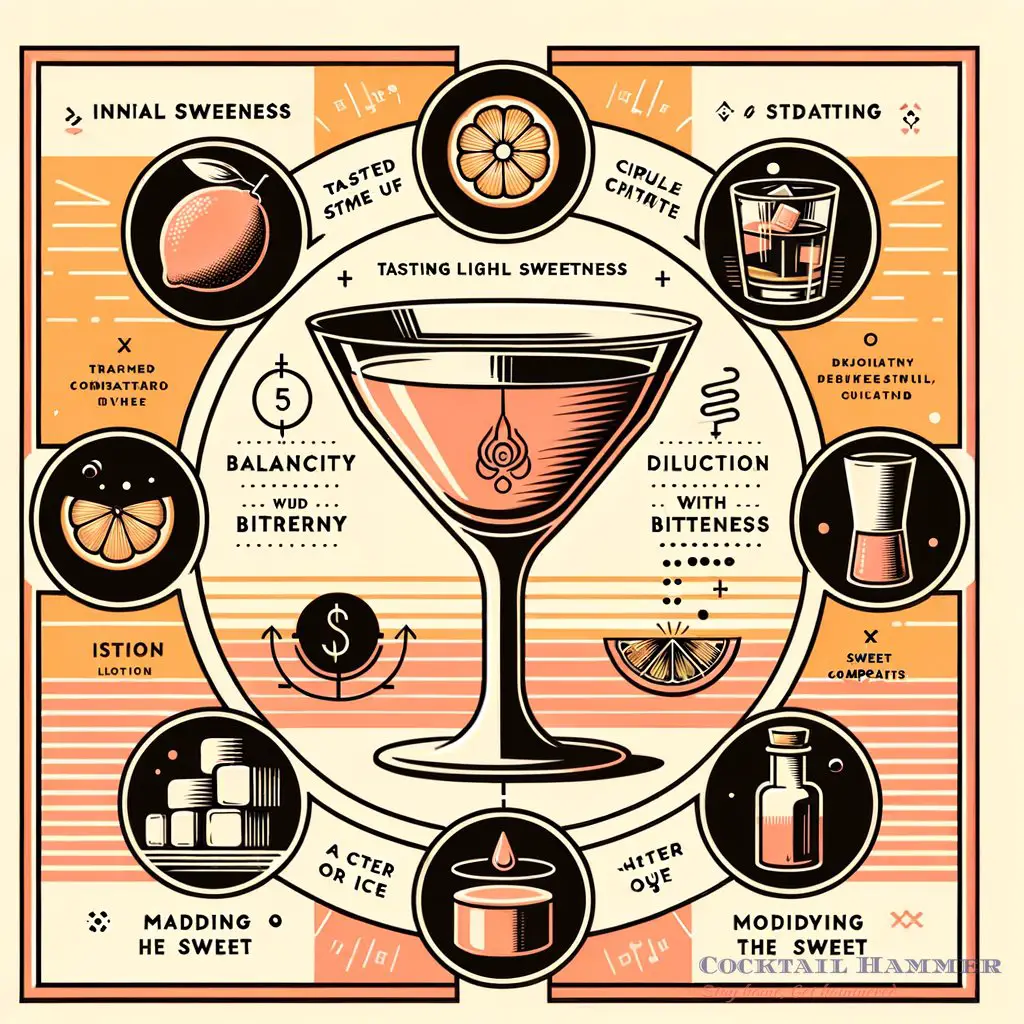
Stir well and taste frequently—these potent potables pack a punch.
Step 3: Dilute with water or ice
Sometimes the solution is simply dilution. If the cocktail is too sweet, add a bit more ice and give it a good stir.
The melting ice will mellow the sweetness without altering the fundamental flavors.
Step 4: Modify the sweet components
If there’s a sweetener involved, like simple syrup or liqueur, just decrease the amount slightly. In its place, you might add more of the non-sweet base spirit or a complementary dry ingredient to retain the cocktail’s body while reducing sweetness.
Step 5: Choose a bitter or herbal liqueur
Explore the world of amaros and other bitter or herbal liqueurs. These can replace some sweet ingredients or be added in small quantities, imparting a bitter edge that sophisticates the profile of your cocktail.
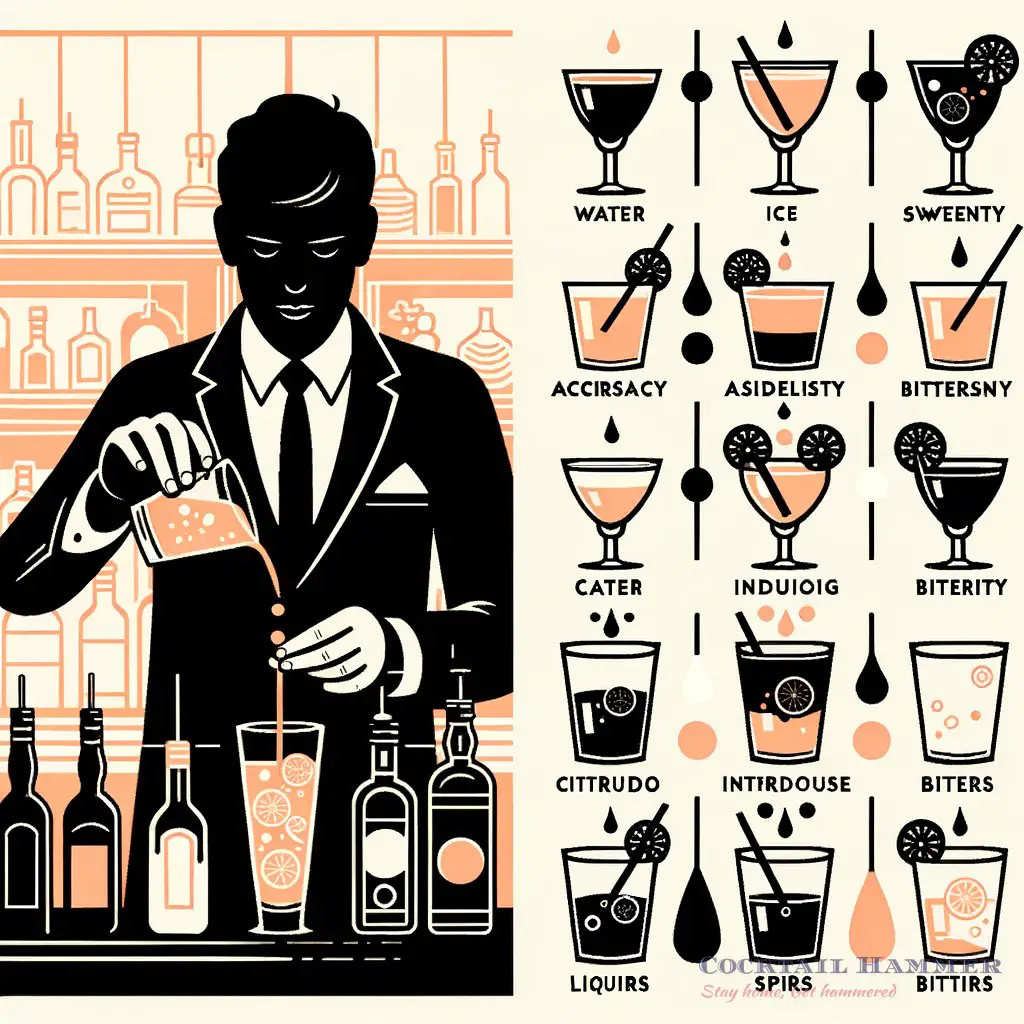
Step 6: Garnish wisely
Opt for a garnish that supports your desired flavor outcome. A citrus twist can bring a zing of bitterness to the rim, while a sprig of an herb like rosemary or thyme can lend a surprising, savory note.
Step 7: Adjust and repeat
Cocktail crafting is an iterative process. After each change, taste and adjust again if necessary.
This iterative tasting is critical to achieving the perfect balance in your drink.
More cocktail adjustment tips
While crafting your cocktail, keep in mind that balance is as much about the journey as the destination. To navigate these waters smoothly, sometimes you need a compass made of creative tricks and thoughtful twists.
Here are some more tips that can tip the sweetness or bitterness scales in your favor:
- Experiment with different types of sweeteners like honey, agave, or demerara sugar—they each have unique flavor profiles that could play well with your cocktail’s palette.
- Infuse spirits with bitter herbs or spices to create a custom bitterness that’s easier to control than adding pre-made bitters.
- For a less invasive approach to bitterness, consider rinsing the glass with a bitter liqueur before pouring in the drink.
- Think about the temperature at which you serve the cocktail—colder temperatures can suppress sweetness and accentuate bitterness.
- If you’re working with fresh ingredients, the ripeness can greatly affect sweetness—choose less ripe fruits for a tarter taste.
Moving on to the dance of dos and don’ts, it’s like walking a fine line on a spirited tightrope. Here’s a quick reference to ensure you stay balanced:
| Dos | Don’ts |
|---|---|
| Do use fresh ingredients for acidity. | Don’t overdo it with bitters; they can be intense. |
| Do taste as you go for best results. | Don’t make big changes all at once. |
| Do use quality ice to avoid dilution. | Don’t forget to balance the alcohol content. |
| Do layer flavors for complexity. | Don’t overlook the importance of the garnish. |
| Do adjust the garnish to complement. | Don’t neglect mouthfeel and texture. |
Understanding the garnish’s impact can be a game-changer.
Advantages and disadvantages of adjusting cocktail flavors
Adjusting a cocktail’s sweetness or bitterness isn’t just for kicks—it’s a science that begets art. Each modification brings you closer to that sip of nirvana, tailored to your specific taste.
It can be gratifying to coax out the flavors that dance across your palate and discover combinations that work in harmony.
Advantages
- Customization to personal preference enhances the drinking experience.
- Learning adjustment techniques improves your mixology skills.
- Introducing variety can help you discover new favorite flavors and combinations.
- It’s an opportunity to impress guests with your cocktail tailoring prowess.
Disadvantages
- Getting the balance just right might take time and patience.
- Potentially wasting ingredients during the trial-and-error process.
- Some guests may prefer classic, unadjusted cocktail profiles.
- Over-adjustment could lead to flavors that clash or overwhelm.
Crafting the perfect cocktail is like painting on a liquid canvas; each modification you make adds a stroke of flavor. Perfecting the balance is key—it’s a tug of war between the saccharine and the astringent, as heated debates unfold over whether essential bar tools can really define a drink’s character.
My take, speaking purely from personal experience and with a highball of humility, is that the quest to strike the perfect balance between sweet and bitter isn’t just mixology—it’s a form of personal expression. Each cocktail I shake up or stir down in my little New York kitchen feels like a chapter of an unfolding story.
And hey, sometimes that story has a plot twist, like when I find that a splash of bitter amaro gives my Manhattan a bold edge that cuts right through the sweetness. Just remember, you don’t need a full bar cart from places like the top-notch options listed on Cocktail Hammer to make a good drink, but having the right tools sure doesn’t hurt.
Fact is, cocktails, much like our beloved Big Apple, are diverse and filled with character. As an amateur home bartender, my advice is to embrace the experimental undertones of mixology.
It might not always go according to recipe, but that’s where the fun begins. Mix, match, and maybe make something magnificent—or at least have a good story for your next cocktail party.
Frequently asked questions (FAQ)
How can I add bitterness without using bitters?
You can introduce bitterness by using other bitter ingredients like grapefruit peel, charred citrus rind, or even a small amount of tonic water. Utilizing these elements can impart a subtle bitterness while adding another dimension to your cocktail’s flavor profile.
What’s the best way to adjust sweetness in a frozen cocktail?
For frozen concoctions, adjusting sweetness may require reducing the sugar content before blending, as cold can dull sweetness perception. Consider using less of the sweetener or adding a touch of citric acid for a tart balance without diluting the drink.
Can stirring a cocktail change its sweetness or bitterness?
Yes, stirring a cocktail, especially if done with ice, can slightly alter its taste. As ice melts, it dilutes the drink, which can tame excessive sweetness or soften harsh bitterness.
However, the change is usually mild and mainly affects the drink’s temperature and texture.
Final thoughts
In this shaker of suggestions, we’ve swirled together the craft of converting a cocktail’s profile from overly sweet to precisely bitter—a mixology metamorphosis. Like adding a dash of bitters or a twist of lemon, the possibilities are endless, and the path to personalized perfection is as varied as the spirits in a speakeasy.
Mix wisely, sip slowly, and let your taste buds lead the way.
What’s your go-to method for hitting that sweet spot or finding that bitter edge in your cocktails? Did I cover everything you wanted to know? Let me know in the comments section below I read and reply to every comment. If you found this article helpful, share it with a friend, and check out my full blog for more tips and tricks on fine-tuning your cocktails.
Thanks for reading and keep raising the bar on your home mixology skills!





